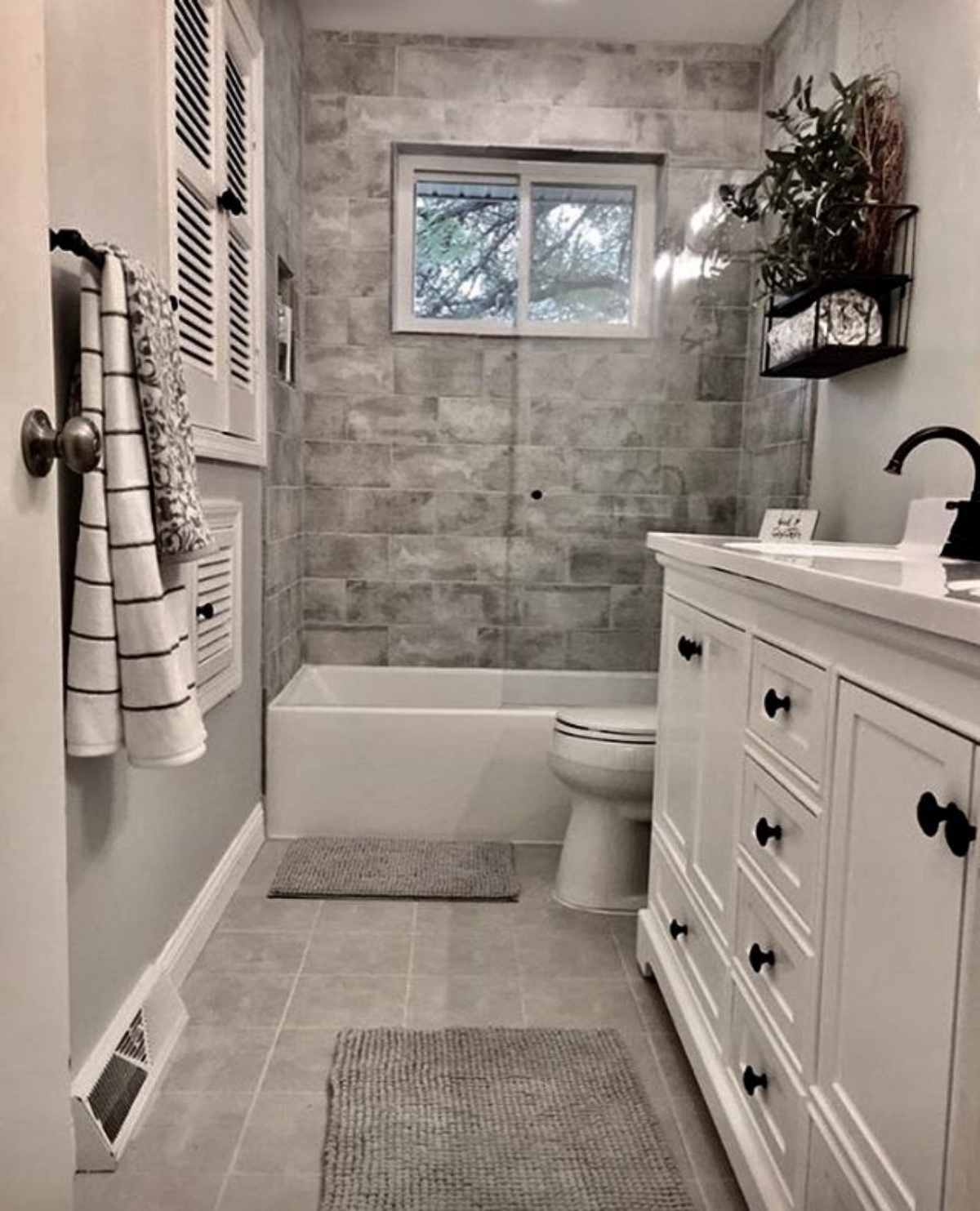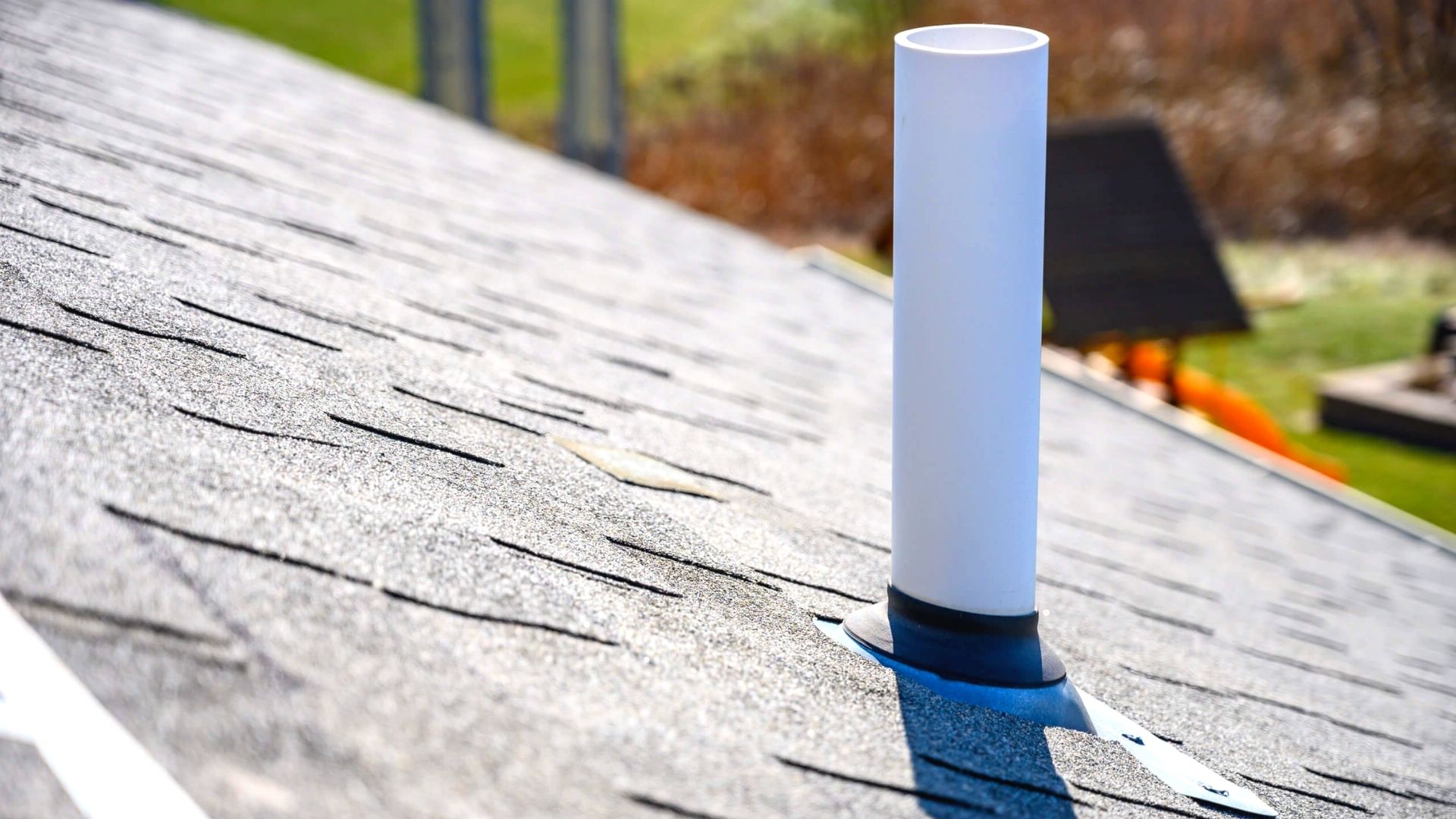The Importance of Ventilation in Plumbing Systems
The Importance of Ventilation in Plumbing Systems
Blog Article
Just about everyone has their own unique assumption involving Essential Plumbing Vent Pipes: Understanding Their Role.

Proper ventilation in pipes systems is frequently neglected, yet it is important for maintaining the functionality and safety and security of your home's pipes. Air flow helps manage air pressure, protect against the accumulation of dangerous gases, and guarantee the effective removal of waste. In this guide, we will explore the value of appropriate pipes ventilation, how it functions, and the benefits it offers your plumbing system.
Recognizing Air Flow in Pipes
Air flow in pipes refers to the network of pipelines that enable air to flow via the water drainage system. These vents serve numerous functions, including controling air pressure within the pipelines, preventing sewage system gases from going into the home, and helping in the smooth flow of wastewater.
Just How Air Flow Works in Plumbing Solutions
Atmospheric Pressure Guideline
Correct air flow keeps balanced atmospheric pressure within the plumbing system. When water moves with pipelines, it displaces air. Without ample ventilation, this variation can produce unfavorable stress, bring about slow down drains or siphoning of water from catches, which can create undesirable odors to permeate right into the home.
Avoiding Drain Gas Build-up
Among one of the most crucial features of pipes vents is to avoid drain gases, such as methane and hydrogen sulfide, from gathering within the home. These gases can pose severe wellness threats and are highly combustible. Vent pipes permit these gases to escape safely outdoors.
Assisting in Waste Elimination
Air flow helps in the effective elimination of wastewater by stopping airlocks in the water drainage system. When air can move openly with the vents, it allows water and waste to stream smoothly via the pipes, reducing the threat of clogs and backups.
Sorts Of Plumbing Vents
Main Heap Vent
The main pile air vent, likewise called the vent stack, is the main vent in a pipes system. It expands from the major drain line up via the roof, allowing gases to run away and fresh air to enter the system.
Branch Vent
Branch vents link to the major pile vent and serve specific fixtures, such as sinks, bathrooms, and showers. These vents make certain that each component has adequate air flow to function appropriately.
Air Admission Valve (AAV).
An Air Admission Valve (AAV) is a one-way shutoff that permits air to get in the pipes system without the need for a conventional air vent pipe prolonging with the roofing. AAVs are generally made use of in remodellings or areas where mounting a typical air vent is unwise.
Signs of Poor Air Flow in Pipes.
Slow Draining Fixtures.
If your sinks, tubs, or bathrooms are draining gradually, it could be an indicator of poor air flow. Inadequate air circulation can develop a vacuum cleaner impact, making it hard for water to drain pipes appropriately.
Gurgling Appears.
Gurgling audios originating from drains pipes are typically an outcome of air being sucked via water traps due to unfavorable stress in the pipelines. This is a clear indicator of not enough air flow.
Undesirable Smells.
Drain odors inside your home are a red flag that your plumbing system is not appropriately aerated. This might imply that sewer gases are not being adequately aired vent outside, resulting in possibly dangerous conditions.
Typical Ventilation Blunders.
Inadequate Vent Sizing.
Using small vent pipes can result in inadequate air circulation and stress discrepancies in the system. It's important to utilize vents that fulfill the certain demands of your pipes system.
Improper Vent Positioning.
Placing vents as well far from the fixtures they offer can reduce their efficiency. Proper placement guarantees that air can move freely and successfully via the system.
Disregarding Code Needs.
Building ordinance offer certain guidelines for pipes ventilation. Ignoring these codes can lead to a system that stops working to function correctly and may bring about expensive repairs or carcinogen.
Advantages of Appropriate Air Flow.
Improved System Effectiveness.
Properly aerated pipes systems run extra effectively, with fewer blockages, faster draining pipes, and less strain on the pipelines. This performance prolongs the life expectancy of the plumbing system.
Improved Air Top Quality.
By protecting against drain gases from entering your home, proper air flow adds to better interior air high quality, making your living setting healthier and a lot more comfy.
Avoiding Water Damage.
Adequate air flow aids protect against water from being siphoned out of traps, which can bring about sewer gases going into the home and causing water damages in time.
Actions to Guarantee Appropriate Air Flow.
Consulting Pipes Codes.
Constantly consult local pipes codes when designing or modifying your pipes system. These codes provide the needed standards for proper venting and ensure your system fulfills safety and security criteria.
Normal Evaluation and Maintenance.
Routine examinations can assist determine possible air flow concerns before they come to be significant problems. Upkeep jobs, such as cleansing air vent pipes and looking for blockages, are vital for maintaining the system in good working order.
Professional Installment.
For new installments or major adjustments, it's a good idea to work with an expert plumbing professional. They have the proficiency to guarantee the air flow system is appropriately created and installed according to code.
Conclusion.
Correct ventilation is an essential part of any kind of plumbing system, making certain that it operates successfully and safely. By recognizing the importance of air flow, recognizing the indicators of bad air flow, and taking actions to maintain your system, you can avoid expensive problems and safeguard your home's air quality.
What is a Plumbing Vent and it's used for?All plumbing systems in residential and commercials construction have a plumbing vent. It doesn’t just vent unwanted odors from the drainage system to the outside; it actually serves an important purpose by supplying air to the system.
The plumbing drainage system is actually called a drainage, waste and vent (DWV) system. When water flows down the piping, an air supply (vent) is needed to allow the water to flow. Think of the vertical pipe as a drinking straw. If you plug the top end of a straw, liquid won’t drain from it.
The DWV system in your building consists of a series of pipes connected to each fixture; they extend above each fixture, and the system terminates at an open pipe that extends through the roof. This piping allows air into the system and prevents unbalanced pressures in the piping.
?The vent also prevents the system from drawing water out of a trap at the fixture with the characteristic “glug-glug-glug” as the drain gasps for air. Plumbing traps should drain smoothly and never “glug” or gasp for air.
If you have a drain that empties slowly or gurgles as it drains, this may indicate a venting problem. If you flush a toilet and the sink gurgles, there’s definitely a vent problem. It is good idea to have a Plumber check this.
https://www.ameliashomeinspection.com/blog/what-is-a-plumbing-vent-and-its-used-for

I have been very occupied with and I am praying you enjoyed the entry. Liked our blog posting? Please share it. Let somebody else locate it. I am grateful for being here. Return soon.
Visit The Following Page Report this page